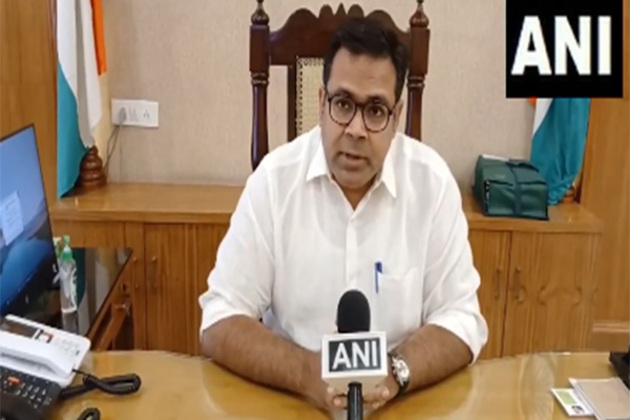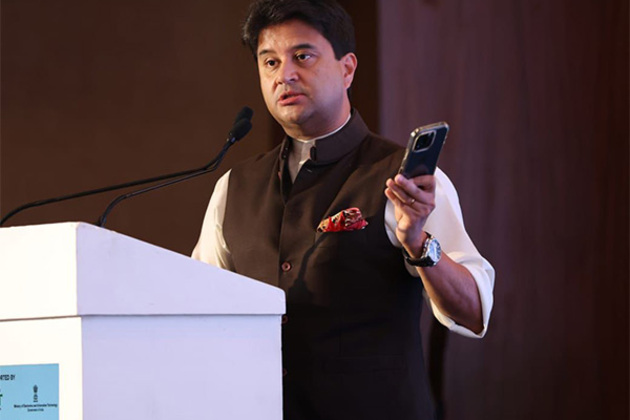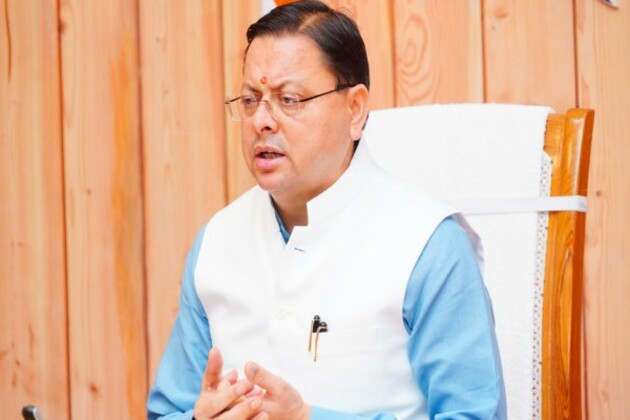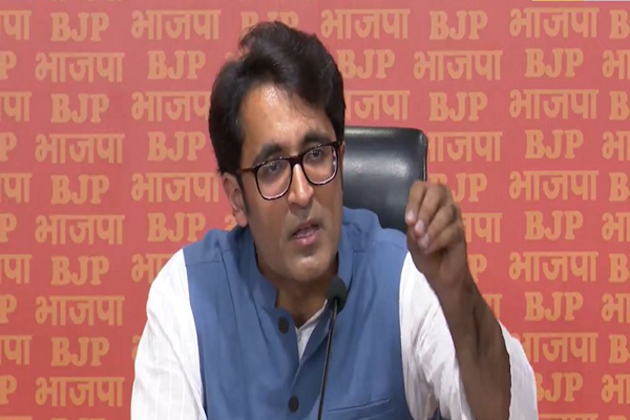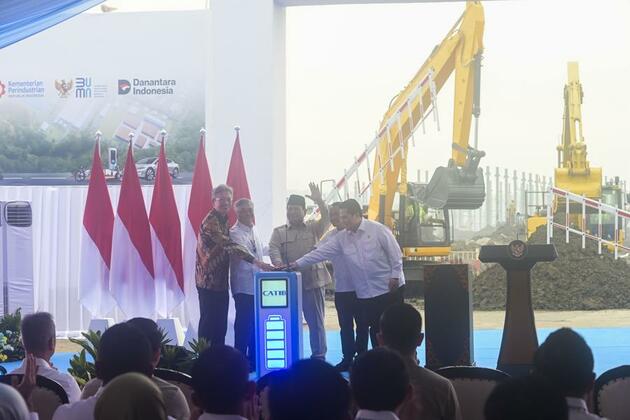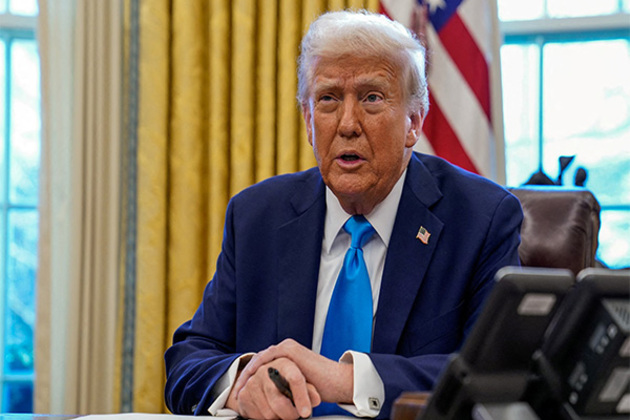How CPC is shaping China's modernization roadmap through five-year plans
Xinhua
02 Jul 2025, 21:56 GMT+10
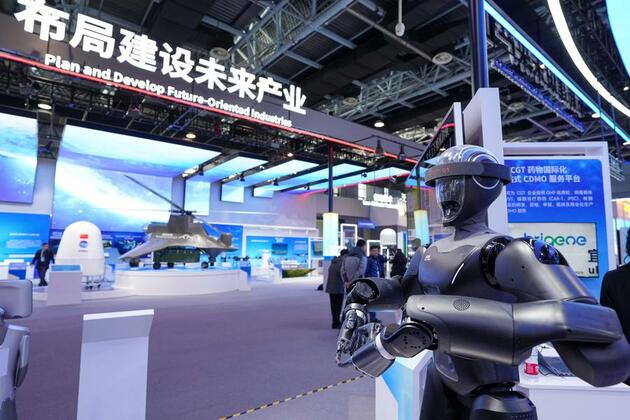
BEIJING, July 2 (Xinhua) -- As the Communist Party of China (CPC) celebrates the 104th anniversary of its founding this week, the Party's signature five-year plans continue to serve as a roadmap for China's modernization drive.
This year, China is set to complete its 14th Five-Year Plan (2021-2025) and is formulating the blueprint for the next one, marking a pivotal moment in the country's long-term strategy for national rejuvenation.
From transforming an agrarian society into the world's second-largest economy to charting a path toward becoming a great modern socialist country in all respects by mid-century, these plans reflect the CPC's enduring commitment to long-term strategic vision and collective prosperity.
Through this cyclical yet ever-evolving roadmap, China sets strategic goals, defines government priorities, regulates business operations, and mobilizes national resources -- all in pursuit of its overarching objective of building a modern socialist nation.
The country's first plan in 1953 marked its initial push toward industrialization with the establishment of the nation's first major steel and automobile plants. Fast-forward to the 13th (2016-2020), and it saw the completion of the world's largest high-speed rail network.
"Five-year plans are to China's development what construction drawings are to building a house," said Ran Hao, a professor at the Party School of the CPC Central Committee. "It tells the government and society which 'floor' to focus on and which 'road' to build over the next five years, helping avoid a piecemeal approach."
A FRAMEWORK, NOT A DOGMA
Although China's five-year plans include quantitative targets, such as the GDP growth goal, first introduced in the seventh five-year plan, it does not mean the CPC is running a centralized planned economy.
"It's not about the government dictating everything; rather, the plans set the direction and priorities," Ran said.
Since 2006, targets have been divided into two types: binding targets, which reflect government commitments, such as reducing energy consumption per unit of GDP, and anticipatory targets, which represent desired outcomes like GDP growth, to be pursued primarily through market mechanisms.
In a break from tradition, the 14th Five-Year Plan did not set a quantitative target for GDP growth; instead, it described expected growth in broader terms, in part to emphasize quality over speed.
"Five-year plans are suited to the Chinese mentality and the Chinese idea of thinking long-term," said British scholar Martin Jacques. For millennia, Confucian classics have taught that those who plan ahead are more likely to succeed.
China's five-year plans set clear goals but give regions the leeway needed to tailor their own pathways. National plans are broad frameworks that guide local governments in creating their own action plans, explained Yin Jun, a researcher with the Peking University.
At present, the CPC is drafting proposals for the country's 15th Five-Year Plan (2026-2030).
Observers said the upcoming plan will emphasize a future-oriented approach to global challenges, foster new quality productive forces, and strengthen the social safety net to improve public well-being.
PLANNING WITH COLLECTIVE EFFORTS
Given their far-reaching impact, China's five-year plans are developed over several years, and informed by research, expert reviews, inter-agency coordination and public consultation. For example, work on the current 14th Five-Year Plan began as early as 2018.
While drafting the five-year plan, the CPC highly values public inputs, which reflect society's needs and help foster consensus. In 2020, for the first time, public advice was collected online, with suggestions like mutual-aid elderly care included in the final plan.
Over three months that year, seven symposiums were held with the Party's leader meeting with entrepreneurs, experts, local officials, and representatives from the grassroots level to listen to their suggestions.
The combination of top-level planning with public participation continued this year. In May, major media platforms invited public feedback, and netizens proposed improvements such as enhancing rural express delivery infrastructure and installing elevators in older communities, among other ideas.
An old saying from Sun Tzu's "The Art of War" offers insight into the success of China's five-year plans: Triumph comes when the leaders and the people share the same goal.
IMPACT BEYOND BORDERS
China's five-year plans not only guide national development but also offer opportunities for global investors.
Madiyar Tukpatov, chairman of a public transport company in Astana, Kazakhstan, visited China earlier this year to research electric buses. His company began using Chinese electric buses in 2020 and plans to further integrate Chinese EV technology into Astana's transport system.
New energy vehicles (NEVs) have been developed as a strategic industry over several five-year plans. Their production and sales each exceeded 12.8 million units in 2024, maintaining China's position as the global leader in this sector for 10 consecutive years. Chinese NEVs can be found in over 70 countries and regions.
Benjamin Mgana, chief editor of foreign news at The Guardian newspaper in Tanzania, praised China's approach to planning, saying it demonstrates that developing countries can create workable strategies based on their own realities, rather than copying Western models.
Inspired by China's success, a growing number of countries have adopted their own medium- to long-term strategies. Poland, Ethiopia and Tanzania have sought support from Chinese institutions to assist in their planning process.
 Share
Share
 Tweet
Tweet
 Share
Share
 Flip
Flip
 Email
Email
Watch latest videos
Subscribe and Follow
Get a daily dose of Manufacturing Mirror news through our daily email, its complimentary and keeps you fully up to date with world and business news as well.
News RELEASES
Publish news of your business, community or sports group, personnel appointments, major event and more by submitting a news release to Manufacturing Mirror.
More InformationSmall Business
SectionMeerut administration ensures food joints along Kanwar yatra route display essential information
Meerut (Uttar Pradesh) [India], July 2 (ANI): The Meerut district administration has taken steps to ensure that Kanwariyas, devotees...
Richest Russians add $24 billion to wealth Bloomberg
Norilsk Nickels owner Vladimir Potanin and many others saw massive gains The combined net worth of Russia's wealthiest businessmen...
India's "buffering" ended with Congress: Union Minister Scindia hits back at Kharge over his criticism of Digital India mission
New Delhi [India], July 2 (ANI): Union Minister of Communications Jyotiraditya Scindia slammed Congress President Mallikarjun Kharge...
Uttarakhand: Govt prepares for Kanwar Yatra, monitors food safety
Dehradun (Uttarakhand) [India], July 2 (ANI): Under the leadership of Chief Minister Pushkar Singh Dhami and Health Minister Dhan Singh...
BJP's Pradeep Bhandari lauds 10 years of Digital India, accuses INDIA bloc of corruption, nepotism
New Delhi [India], July 1 (ANI): As the Digital India Mission completed 10 years on Tuesday, BJP leader Pradeep Bhandari drew contrast...
India's digital decade, next 10 years will be more transformative: PM Modi
New Delhi [India], July 1 (ANI): Prime Minister Narendra Modi shared a blog titled 'A Decade of Digital India' on his official LinkedIn...
Automotive
SectionTrump hints at DOGE investigation of Musk subsidies
WASHINGTON, DC - U.S. President Donald Trump on Tuesday claimed Elon Musk's success has been built on government subsidies. Without...
How CPC is shaping China's modernization roadmap through five-year plans
BEIJING, July 2 (Xinhua) -- As the Communist Party of China (CPC) celebrates the 104th anniversary of its founding this week, the Party's...
Xinhua Headlines: Chinese investment empowers Indonesia's EV supply chain
* Indonesia is currently the world's largest producer of nickel and holds the biggest-known reserves of the metal, an essential component...
"BJP's 10-year vehicle ban will force 62 lakh to buy new vehicles; profits only auto giants while tormenting Delhiites": Atishi
New Delhi [India], July 2 (ANI): The Aam Aadmi Party (AAP) on Wednesday slammed the Delhi BJP government for its 'Tughlaqi' order,...
BRAZIL-BAHIA-CAMACARI-BYD
(250702) -- BAHIA, July 2, 2025 (Xinhua) -- Guests visit an exhibition area of BYD's production base in Camacari, Bahia State, Brazil,...
Trump warns 'spoiled' Japan may face steep US tariffs, trade deal uncertain
Washington DC [US], July 2 (ANI): US President Donald Trump cast doubt on reaching a trade deal with Japan, a day after threatening...

